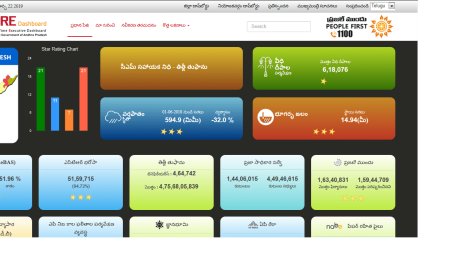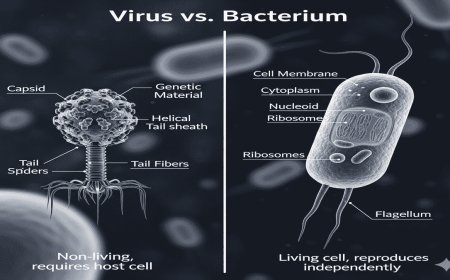Discover the Timeless Magic of Wine and Cheese Pairings


The Perfect Pair: Why Wine and Steak Make a Great Match
Recent research from Rutgers University sheds light on why a glass of red wine pairs so well with a juicy steak. The study reveals that the astringent qualities of red wine and the rich, fatty nature of meat are at opposite ends of a sensory spectrum.
Understanding the Balance of Flavors
Published in Current Biology, the findings offer a fresh perspective on what constitutes a balanced meal. This research also provides new insights into our eating habits, both beneficial and detrimental.
The Science of Mouthfeel
The study delves into “mouthfeel”-the sensations experienced in the mouth due to the physical and chemical interactions between the mouth’s tissues, saliva, and food chemicals.
“The mouth is an incredibly sensitive organ, possibly the most sensitive in the body,” explains Paul Breslin, a professor of nutritional sciences at Rutgers University and the Monell Chemical Senses Center. “The way food makes our mouths feel greatly influences our food choices.”
Opposing Sensations: Astringency vs. Fattiness
Researchers noted that astringent wines feel rough and dry, while fats are slippery. The idea was that these sensations might counterbalance each other, though the exact mechanism was unclear. Astringents we consume are only mildly astringent.
Breslin and his team hypothesized that astringency and fattiness are on opposite ends of a continuum, similar to hot and cold. “It’s challenging for something to be both hot and cold at the same time,” Breslin says. “You can add ice to hot water, but then it’s no longer hot, nor is it quite cold.”
Experimenting with Flavors
Volunteers were asked to sample fatty foods, alternating with sips of a mildly astringent liquid-tea in this case-paired with salami. “When enjoying wine with steak, you don’t drink a whole glass of wine and then eat the entire steak,” Breslin notes. “You sip, eat, sip, and eat.”
Participants alternated between tea and salami, and were also asked to sip tea without tasting the salami. They then rated the levels of fattiness or slipperiness and astringency or dryness they experienced.
Discovering the Balance
“By ‘dryness,’ we don’t mean ‘not wet,'” Breslin clarifies. “We mean the rough, puckering mouthfeel caused by the interaction of astringent chemicals in food with lubricating proteins in saliva and mouth tissues.”
Participants felt increased astringency with continued sipping, but this sensation reached a limit based on the beverage’s chemical composition. “This is why, at wine tasting events, you’re offered something fatty-cheese, crackers, cold cuts-between tastings,” Breslin explains.
Implications for Dietary Variety
This natural tendency to seek balance in our mouths may help maintain a diverse diet, Breslin suggests. “The contrast between fatty and astringent sensations allows us to enjoy fatty foods more easily when paired with astringents,” he says. This might also explain similar pairings in various cuisines.
“These combinations are found everywhere,” Breslin notes. “In traditional French cuisine, besides having wines between meat courses, you might have a sorbet to ‘cleanse’ your palate and prepare for the next course.
“In Japanese cuisine, it might be ginger with sushi. Most salad dressings combine something fatty with something astringent, like oil and vinegar.”
The study was funded by a grant from the National Institutes of Health and Suntory Global Innovation Center Ltd.
What's Your Reaction?
 Like
0
Like
0
 Dislike
0
Dislike
0
 Love
0
Love
0
 Funny
0
Funny
0
 Angry
0
Angry
0
 Sad
0
Sad
0
 Wow
0
Wow
0






































































